Fruit Tree Garden Ideas: Tips On Growing Backyard Fruit Trees
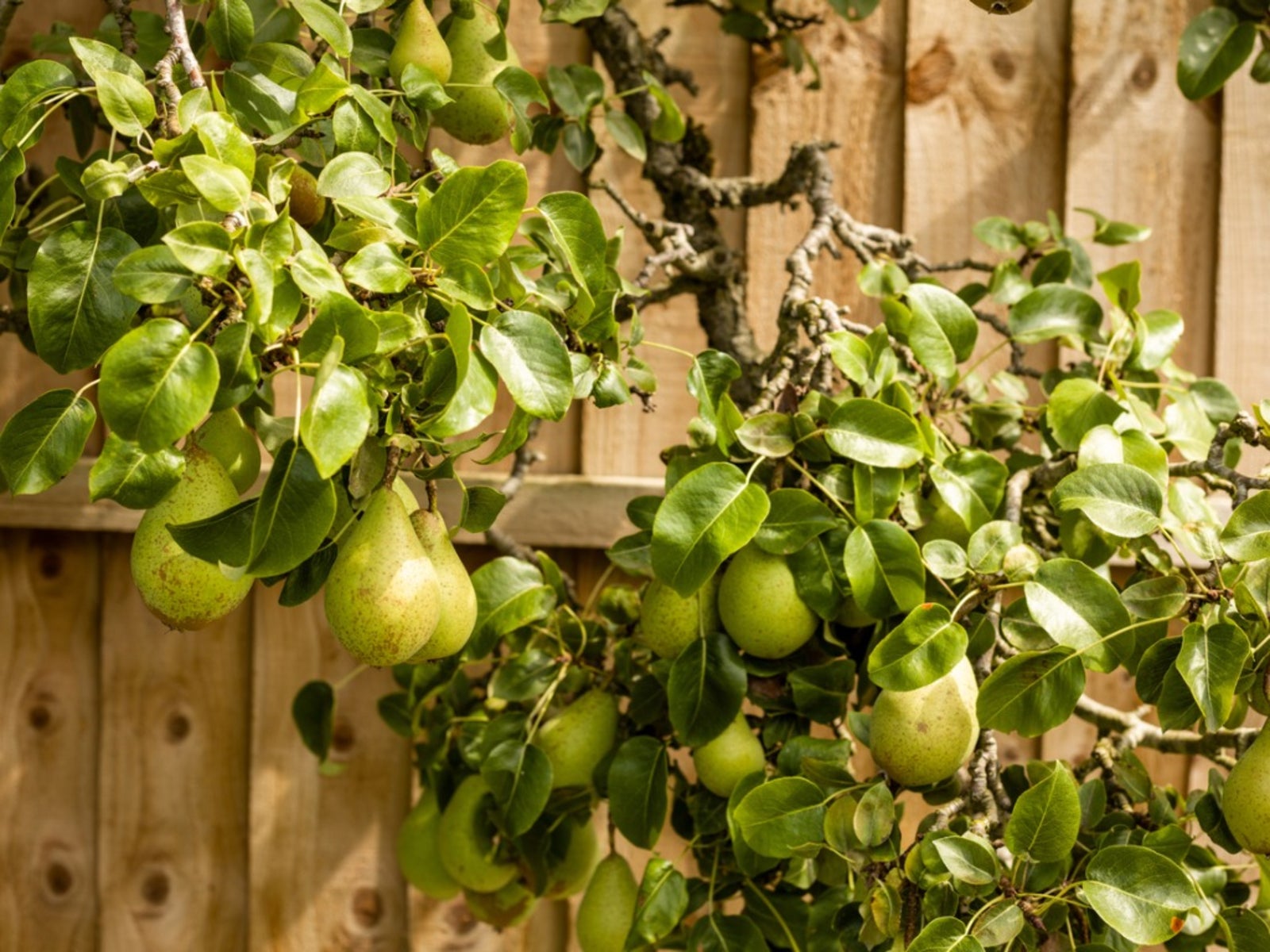

Planting fruit trees in the garden can provide ripe, fresh fruit for your family’s eating pleasure. Backyard fruit trees are also a beautiful addition to the landscape. When you are thinking of growing fruit trees, think first about the space you have available and the climate in your region. Read on for other fruit tree garden ideas.
Planting Fruit Trees in the Garden
With a little planning, you can soon be biting into juicy fruit from your own backyard fruit trees – including apples, cherries, plums and pears – even if you only have a small garden. Your first step is to evaluate your site’s soil and sun. Most fruit trees require good drainage and full sun to thrive. If your fruit tree garden ideas are huge but your yard area isn’t, consider selecting dwarf and semi-dwarf cultivars as your backyard fruit trees. While standard fruit trees grow 25 to 30 feet (7.6 to 9 m.) tall, dwarf and semi-dwarf fruit trees rarely get over 15 feet (4.57 m.) tall. These are also suitable for container growing.
Growing Fruit Trees
As you consider fruit trees in garden design, take your area’s climate into account. Just because your winters are cold shouldn’t crush your fruit tree garden ideas. In fact, many types of fruit require a certain number of chill hours, hours at 45 degrees F. (7 C.) or less, each winter to flower and fruit the next season. But you’ll have to pick trees and cultivars that are hardy in your area. Apples and pears, for instance, have excellent winter hardiness and can be grown in cooler climates.
Fruit Trees in Garden Design
As you map out your fruit tree garden design, remember that some types of trees are self-pollinating, but others require a similar tree in the area, or a different variety of the same species, to pollinate the fruit. If you can’t figure out from a tag whether a tree is self-pollinating, ask someone at the nursery. When the tree you like isn’t self-pollinating, see if your neighbors are growing fruit trees, and coordinate species. While you are visiting the nursery, ask about what fruit tree diseases are common to the region. Before you start planting fruit trees in the garden, you’ll want to understand the kind of work it will take to keep them healthy. Also, remember how important patience is when growing fruit trees. Your backyard fruit trees will not be dripping in fruit the first season. Apples, pears and plums, for example, don’t fruit until they are three years old, and sometimes not until they are five or six.
Gardening tips, videos, info and more delivered right to your inbox!
Sign up for the Gardening Know How newsletter today and receive a free copy of our e-book "How to Grow Delicious Tomatoes".

Teo Spengler is a master gardener and a docent at the San Francisco Botanical Garden, where she hosts public tours. She has studied horticulture and written about nature, trees, plants, and gardening for more than two decades. Her extended family includes some 30 houseplants and hundreds of outdoor plants, including 250 trees, which are her main passion. Spengler currently splits her life between San Francisco and the French Basque Country, though she was raised in Alaska, giving her experience of gardening in a range of climates.
-
 Looking For Plants To Give You The Soft And Fuzzies? Try These 5 Fuzzy Leaf Plant Options
Looking For Plants To Give You The Soft And Fuzzies? Try These 5 Fuzzy Leaf Plant OptionsLovers of texture, drama, silver foliage and tactile plants will adore these special sensory garden additions. These fuzzy leaf plant options will leave you all aglow
By Susan Albert
-
 Get Ready For A Summer Of Hummers! Grow These Full Sun Hummingbird Plants and Flowers
Get Ready For A Summer Of Hummers! Grow These Full Sun Hummingbird Plants and FlowersIf you’re lucky enough to enjoy a sunny backyard, make sure you are maxing out on your pollinator opportunities and grow these full sun hummingbird plants and flowers
By Tonya Barnett
-
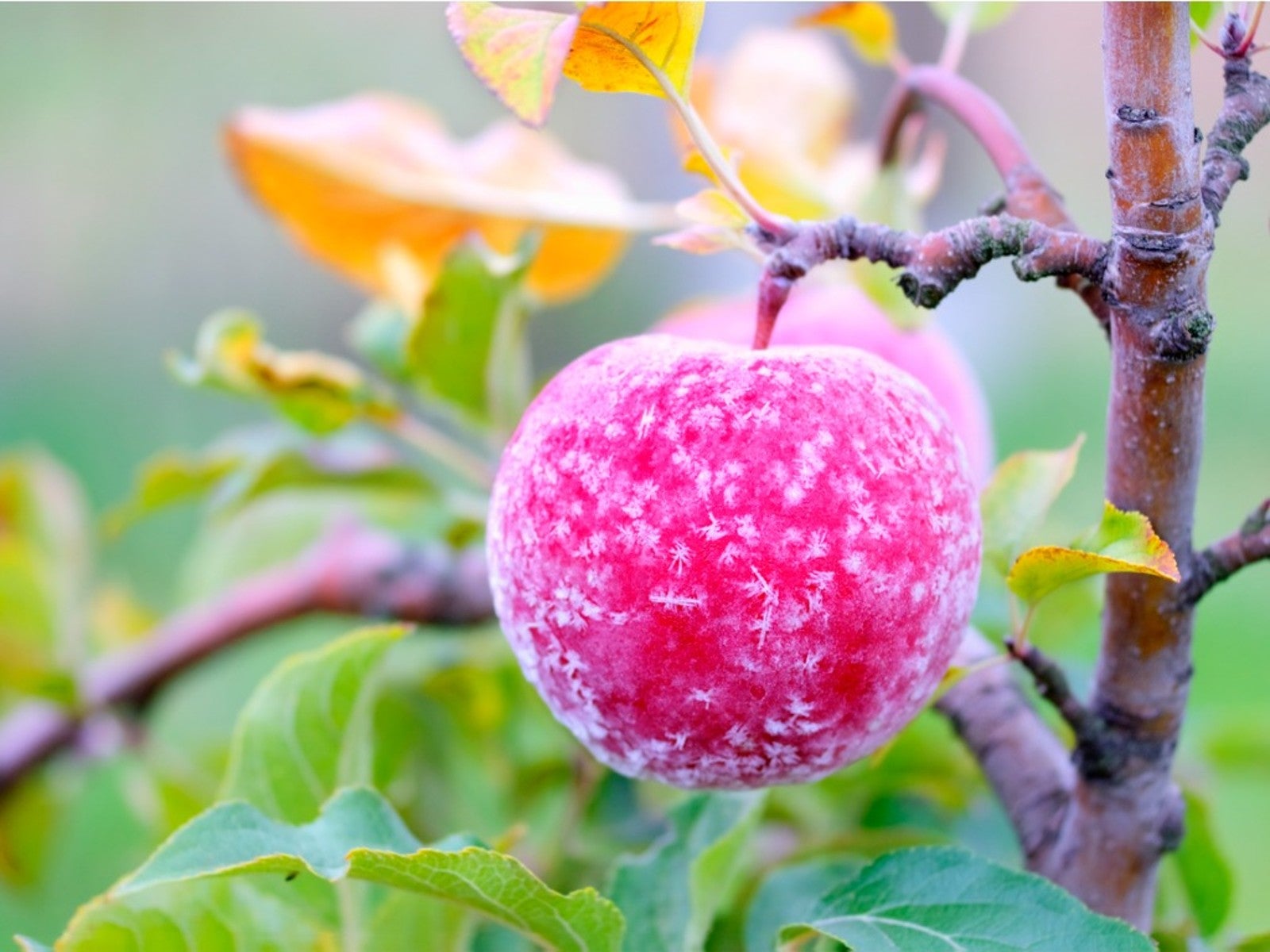 How To Protect Fruit Trees From Frost And Freeze
How To Protect Fruit Trees From Frost And FreezeChoosing fruit trees appropriate for your growing zone is best, but you still may need to protect them from extreme cold. Read how.
By Bonnie L. Grant
-
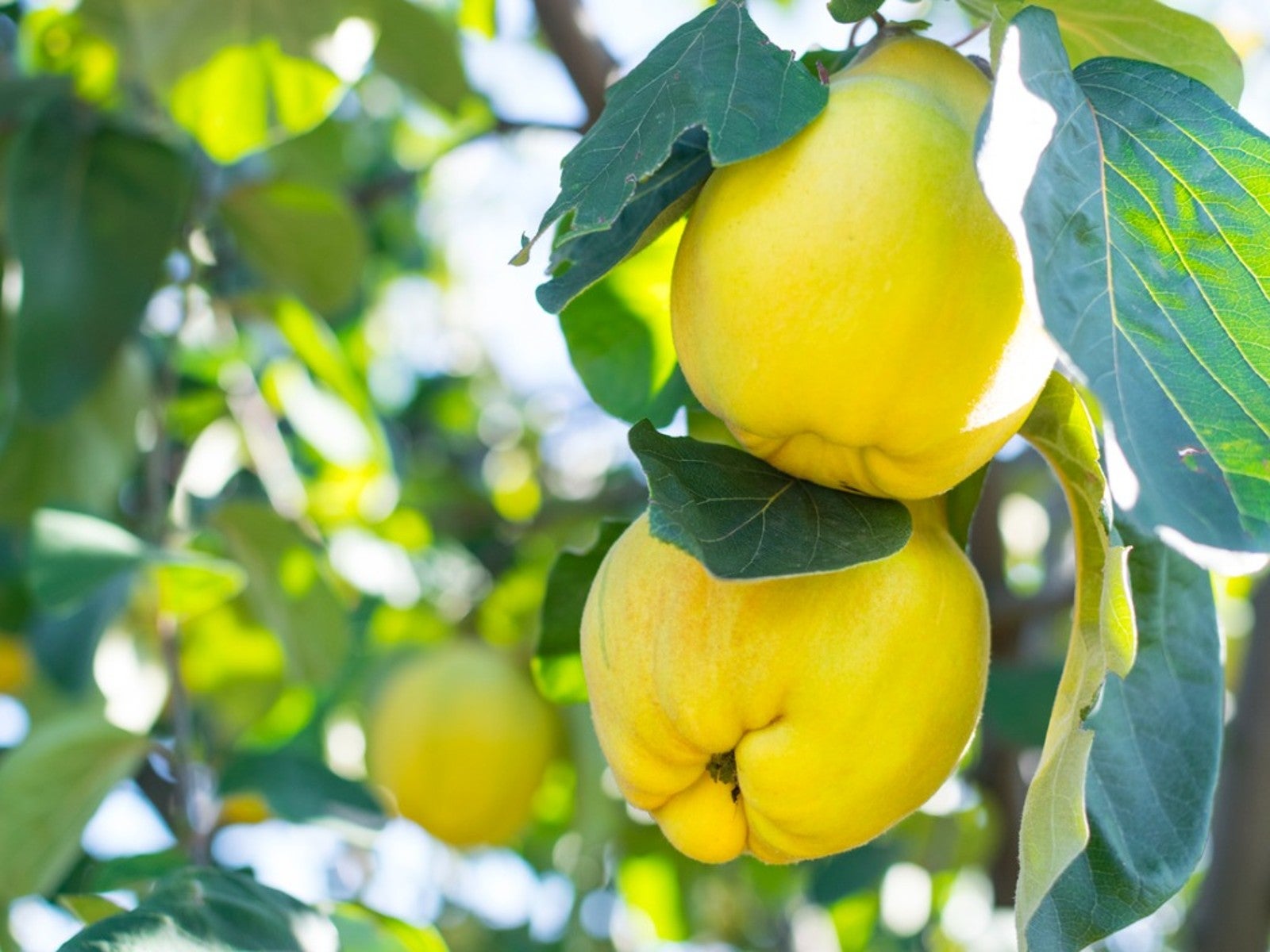 Best Plants For Late Summer and Fall Fruit Harvest
Best Plants For Late Summer and Fall Fruit HarvestEven if you don’t have the optimal conditions for more common fruit trees, there are other end of summer fruits to enjoy.
By Teo Spengler
-
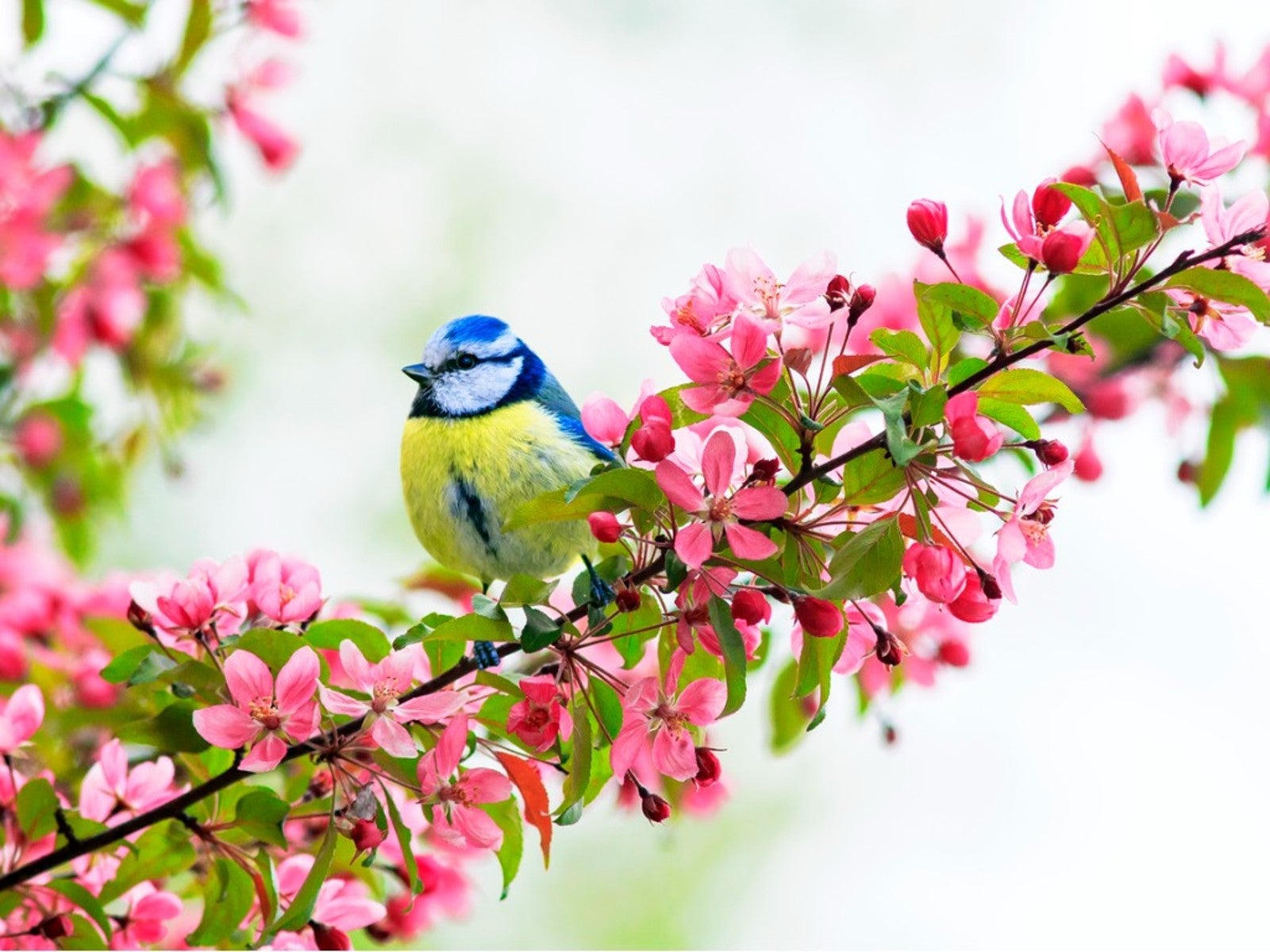 Best Native Fruit Trees To Support Wildlife
Best Native Fruit Trees To Support WildlifeIf you want trees that will attract and feed wildlife, learn the best kinds of edible fruit and nut trees to plant for inviting specific creatures.
By Teo Spengler
-
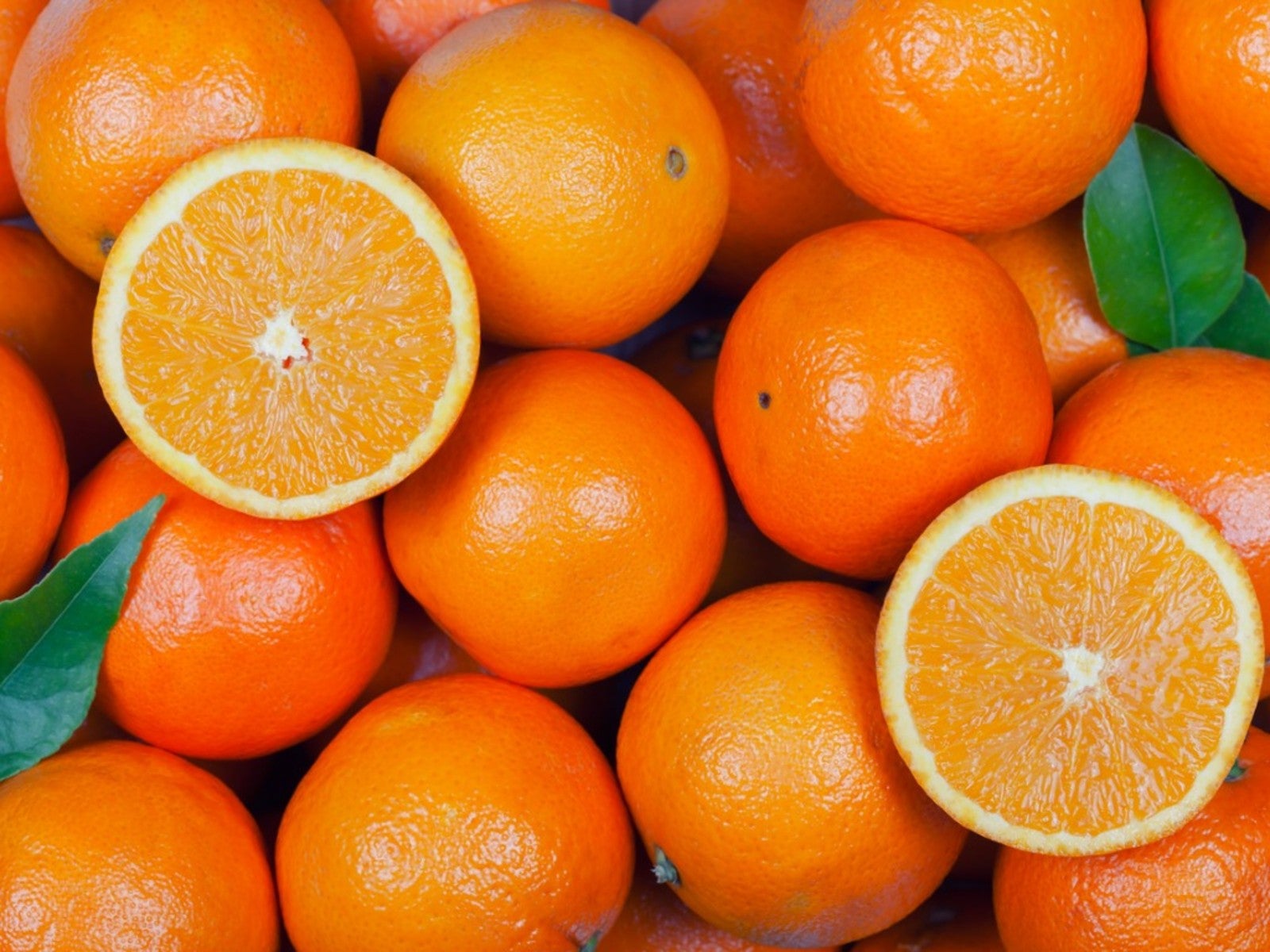 Orange Fruit Varieties: Growing Fruits That Are Orange
Orange Fruit Varieties: Growing Fruits That Are OrangeOrange colored fruit isn’t limited to the citrus orange. There are plenty of other orange colored fruit varieties, each packing a healthful punch. Read on for more.
By Amy Grant
-
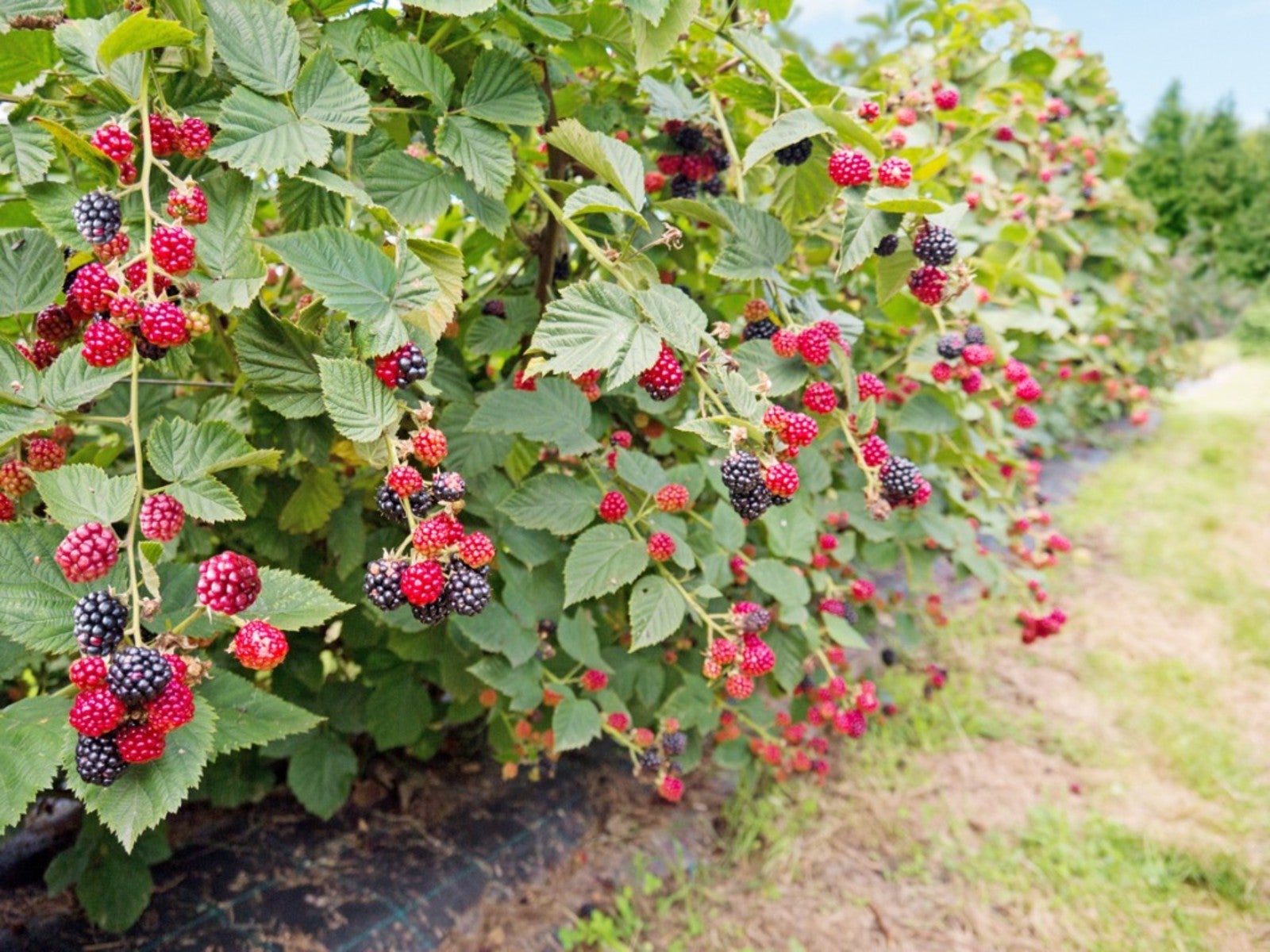 Everbearing Plants: Learn About Everbearing Varieties Of Fruit
Everbearing Plants: Learn About Everbearing Varieties Of FruitWhat does everbearing mean? And more importantly, how do everbearing varieties differ from non-everbearing types? Read on for more.
By Laura Miller
-
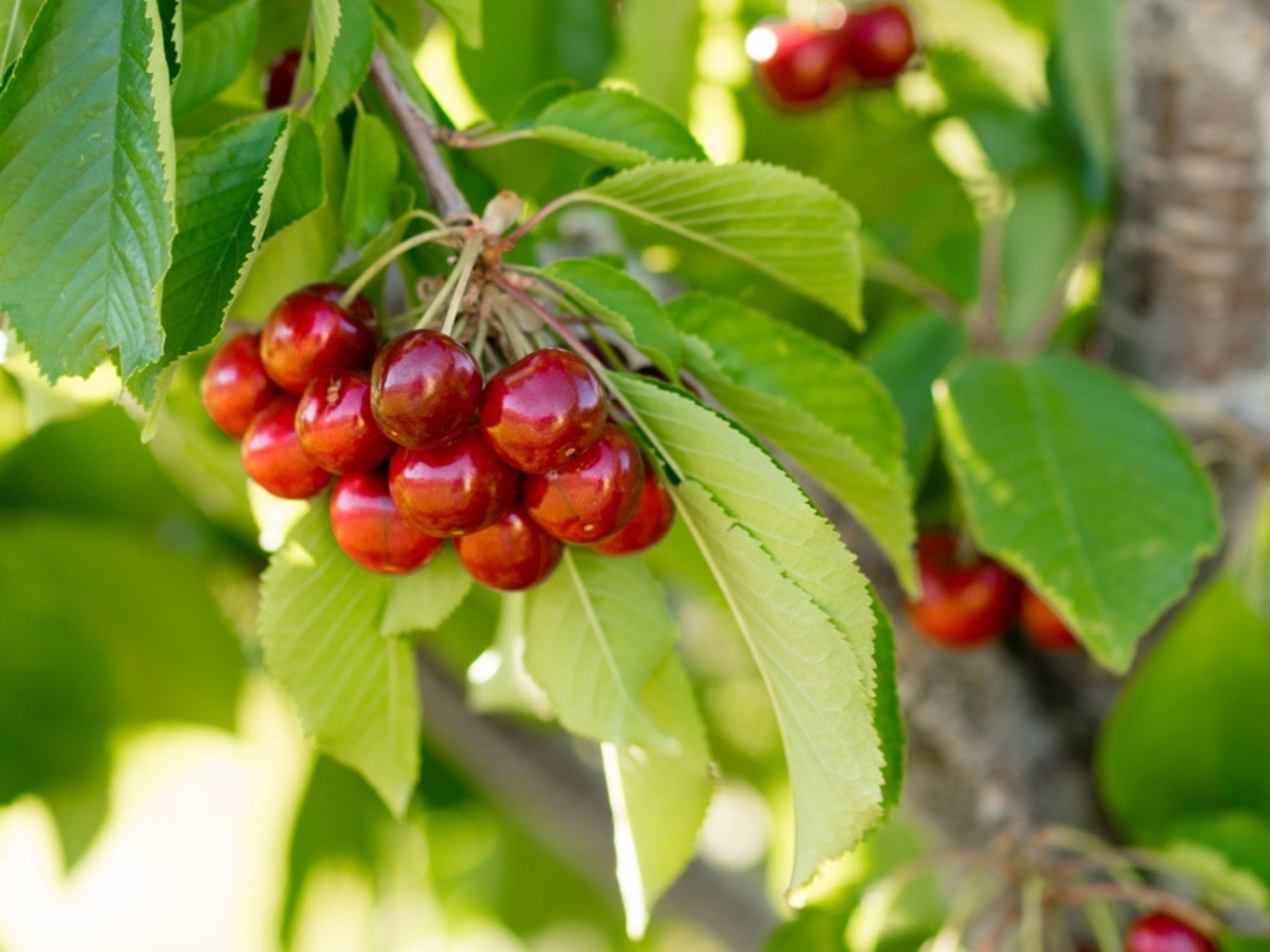 Plant A Red Fruit Garden: Growing Fruits With Red Flesh
Plant A Red Fruit Garden: Growing Fruits With Red FleshPlanting a red fruit garden may seem a bit whimsical. That is, until you realize the health benefits of consuming fruits with red flesh.
By Laura Miller
-
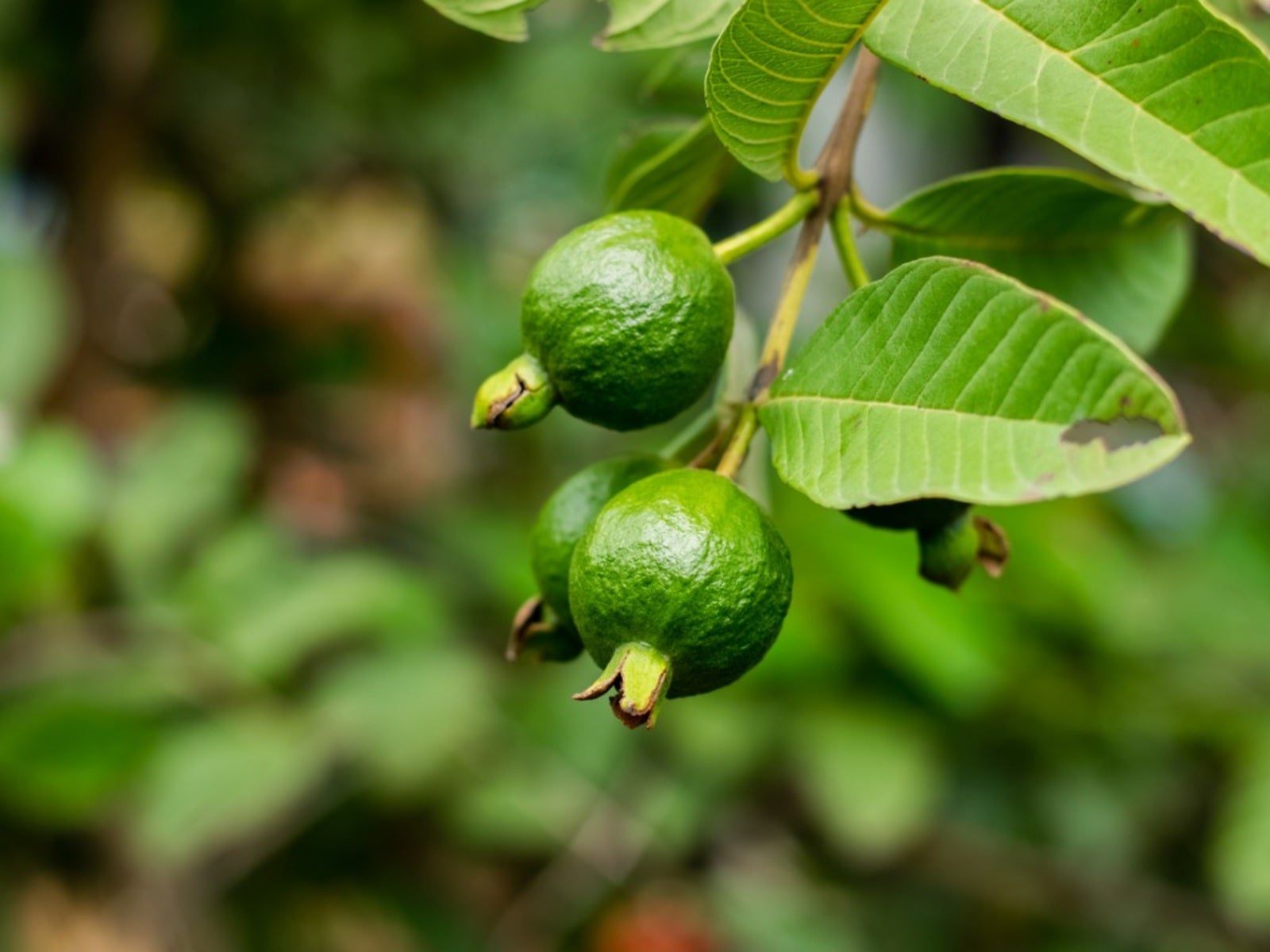 Heat Tolerant Fruits - Growing Fruit In Hot Weather
Heat Tolerant Fruits - Growing Fruit In Hot WeatherSome fruit grows in extreme heat naturally. But there are also specially cultivated, heat-tolerant varieties. For more information on heat tolerant fruits, read on.
By Teo Spengler
-
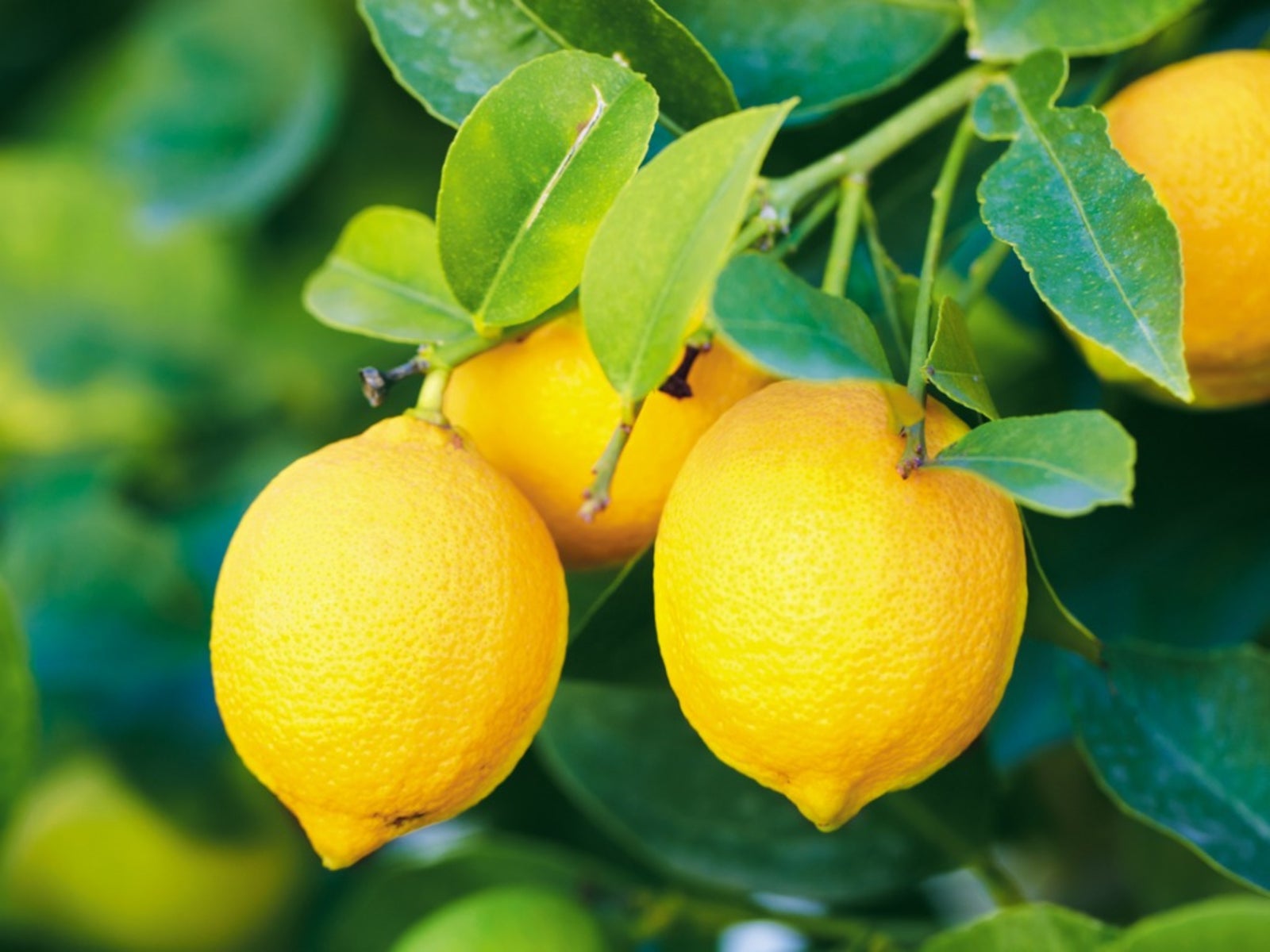 Yellow Fruit Varieties - Growing Fruit That Is Yellow
Yellow Fruit Varieties - Growing Fruit That Is YellowWhat fruit is yellow? There's more than the bananas at the supermarket. Try growing yellow fruit for a consistent supply of sunny food.
By Bonnie L. Grant